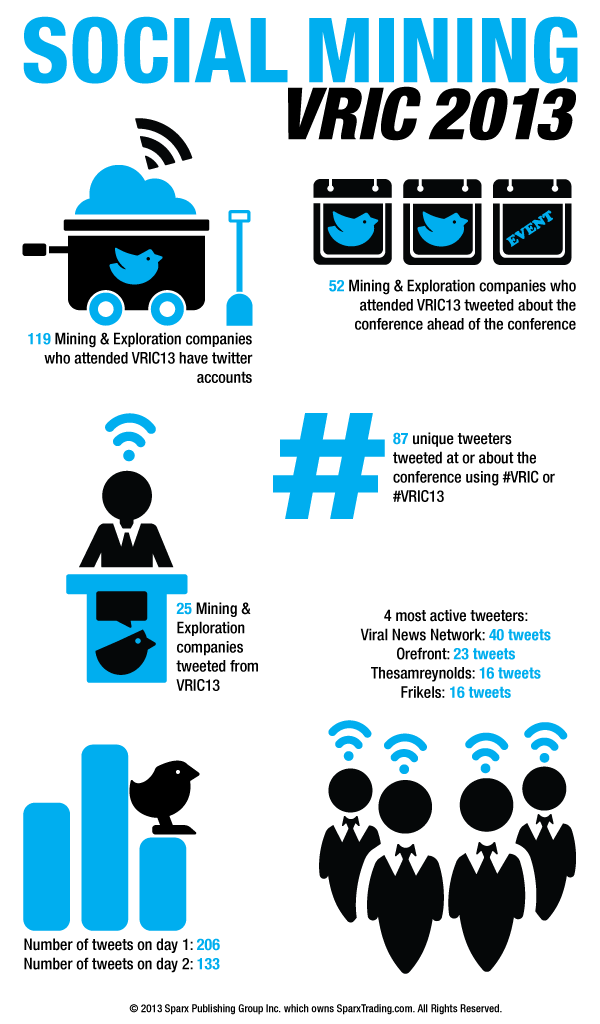Desjardins Group invests in Qtrade for the long-term
Desjardins Group, parent to discount brokerage Disnat, announced earlier this week that they are taking a significant ownership stake in Qtrade Financial Group. Desjardins has committed to purchasing between 25 to 40% of Qtrade’s outstanding shares initially with the option to acquire the remaining shares within six years.
According to the arrangement between the two companies, Qtrade will continue to operate independently retaining its brand name and current leadership. With regards to the discount brokerage component specifically, both Desjardins and Qtrade state that for the foreseeable future it will be business as usual.
Ron Cann, Qtrade’s VP of Marketing and Communications, says that the focus will continue to be on delivering a quality experience, something that Qtrade’s discount brokerage has earned top honours for from the Globe and Mail and Morningstar in recent years. From Desjardins perspective, director of media relations André Chapleau says that the near term will be a time of learning – one in which the opportunities to build synergies will be explored.
Even though these two companies are going to operate independently, and they both seem committed to continuously improving their offerings for Canadian investors, there are still some wrinkles to iron out. Specifically, will Disnat, the discount brokerage side of Desjardins and Qtrade’s discount brokerage business compete directly with one another? While there might be some overlap, each side seems to feel that their respective target client base is diverse enough in terms of trading style (active trader vs long term investor) and geography (Quebec vs Western Canada) that competition is not really a focal point. The alignment of Qtrade and Disnat as alternatives to the big-bank owned discount brokerages is what both parties see as a value add for their respective clients and partners.








